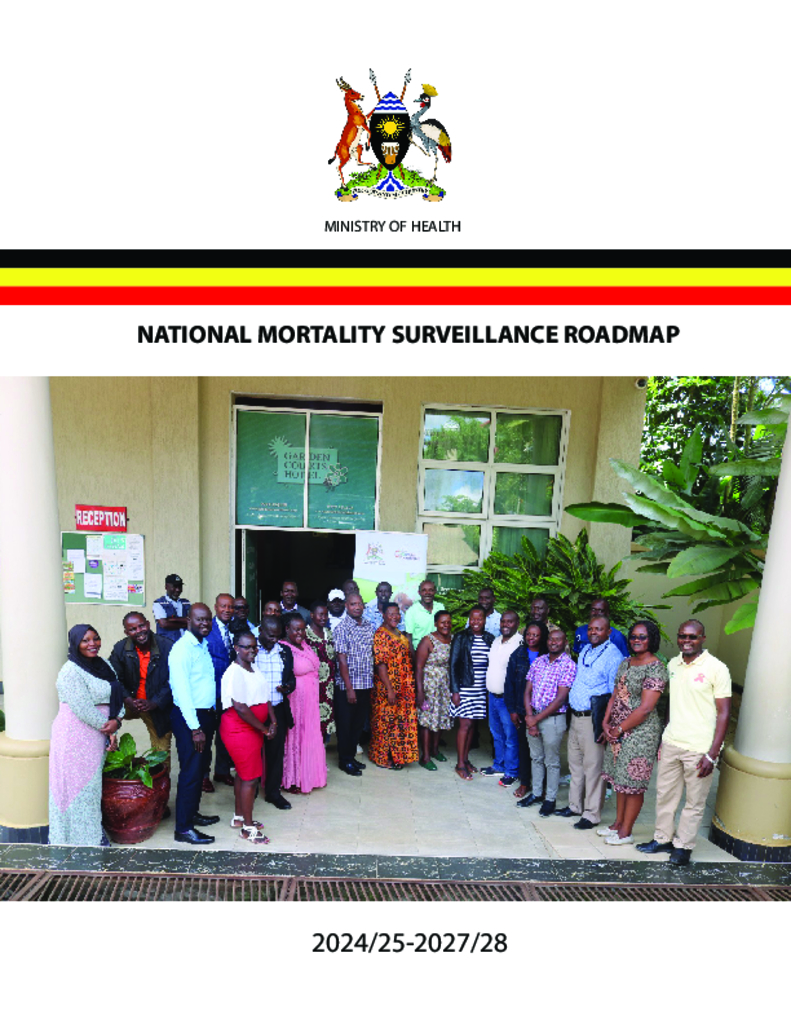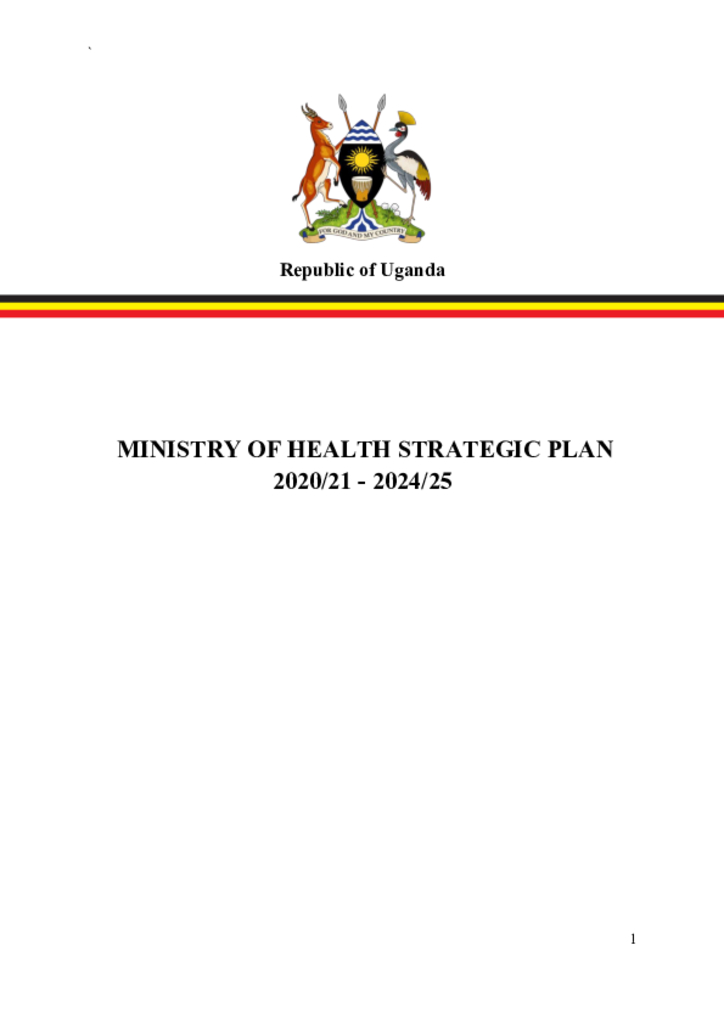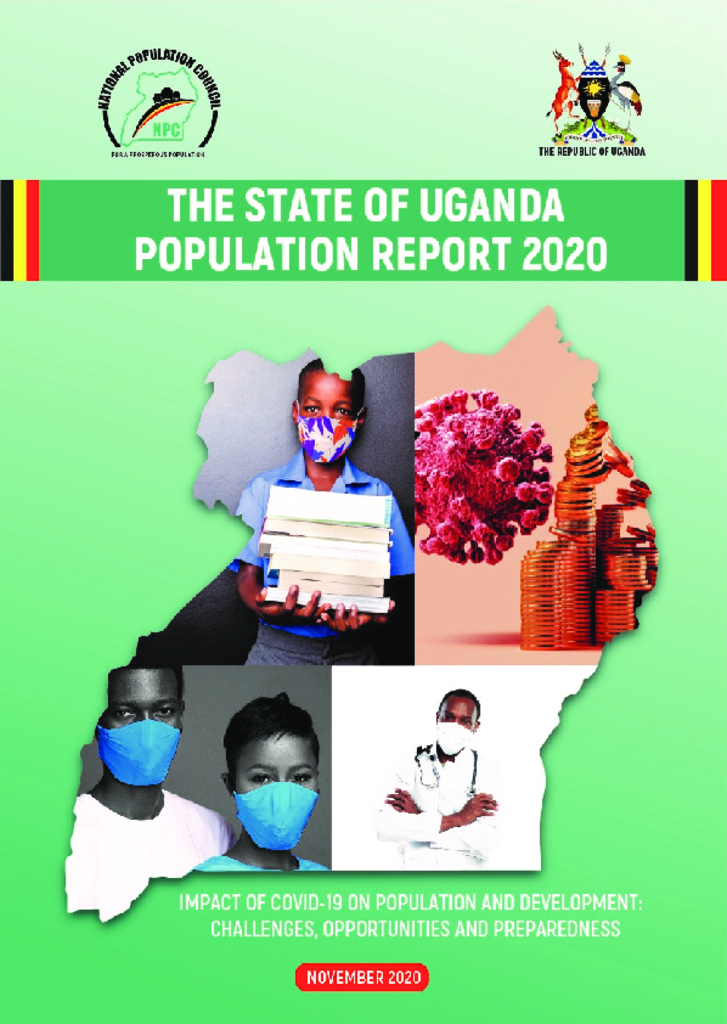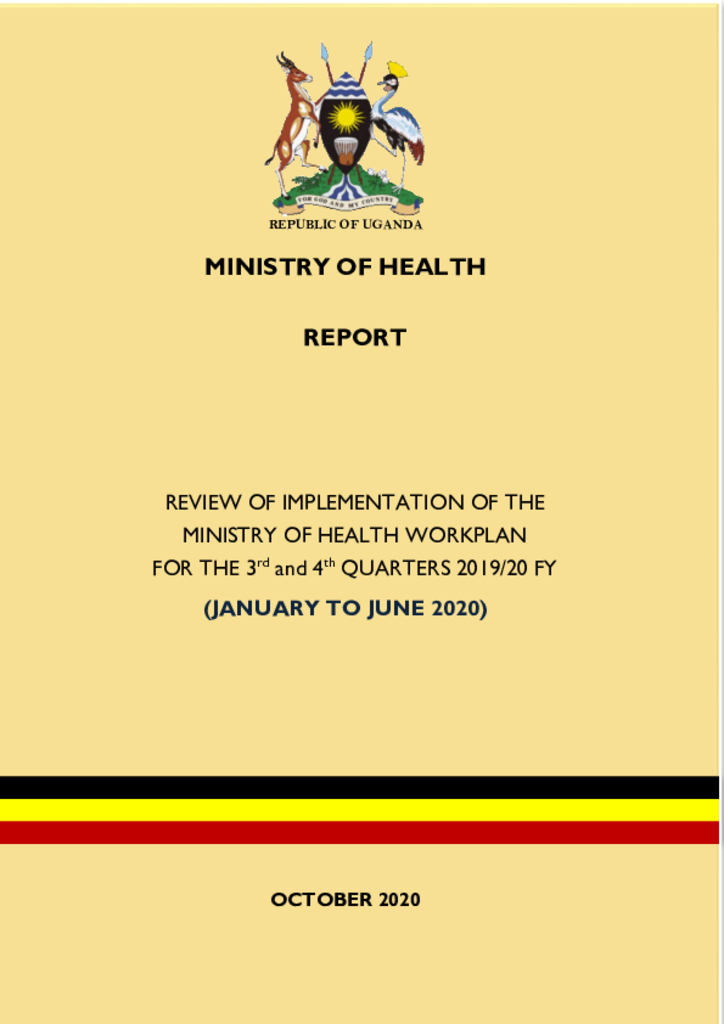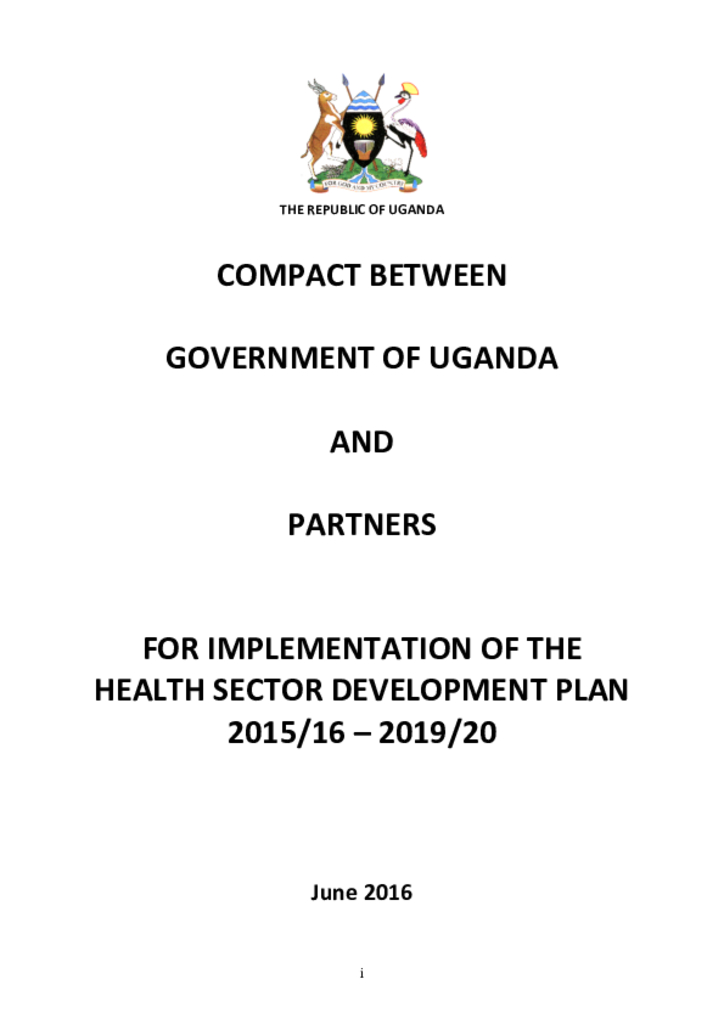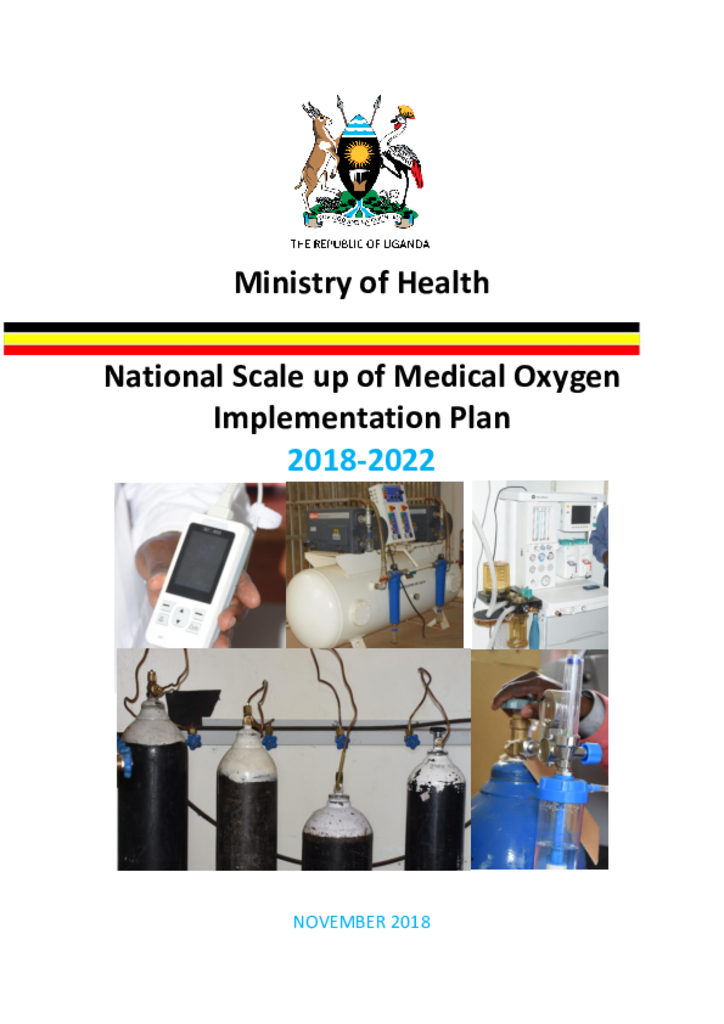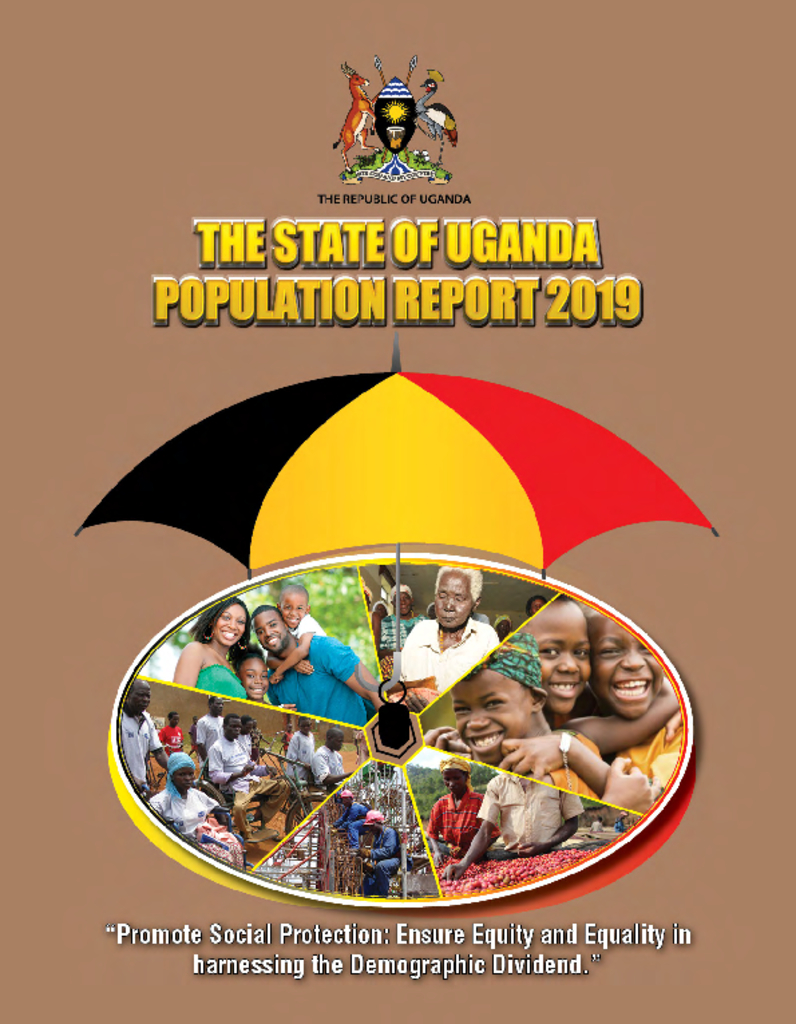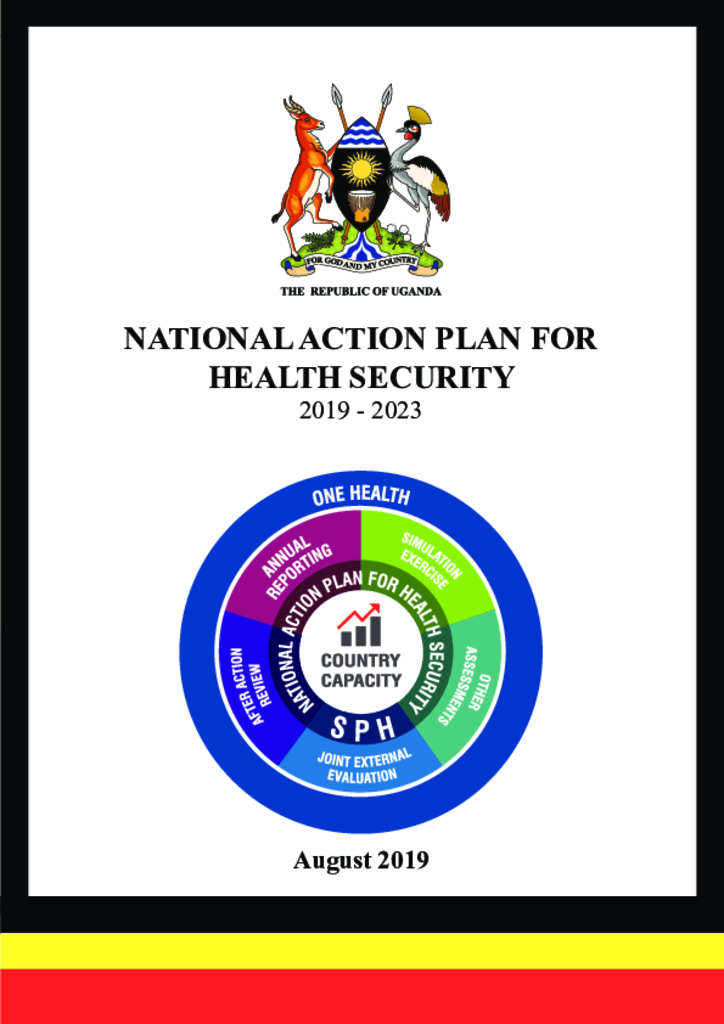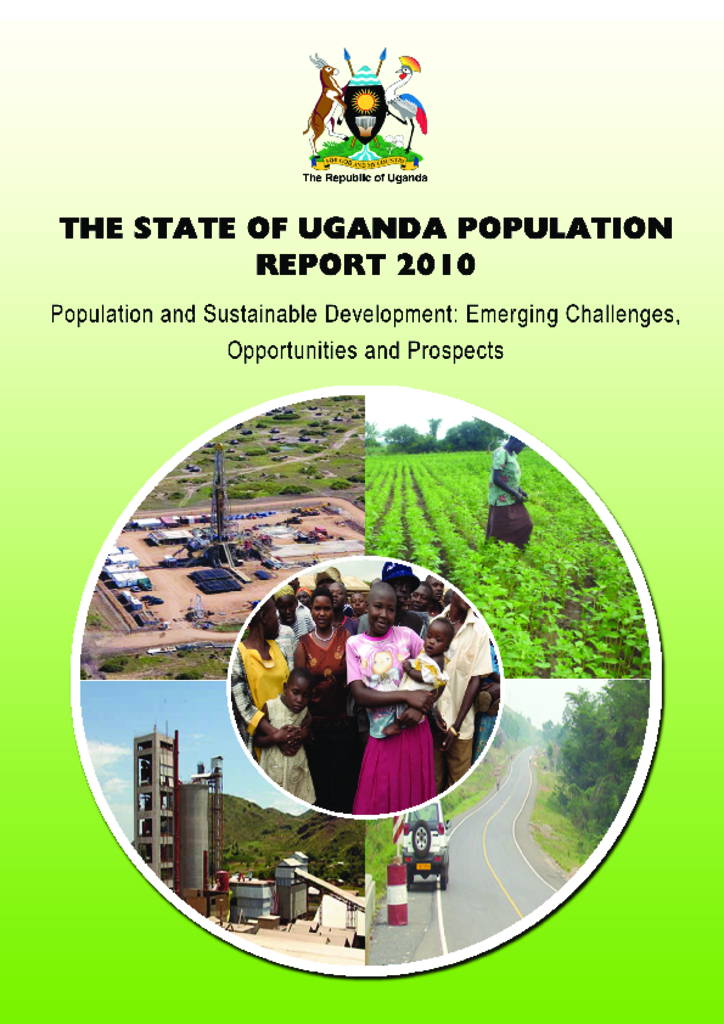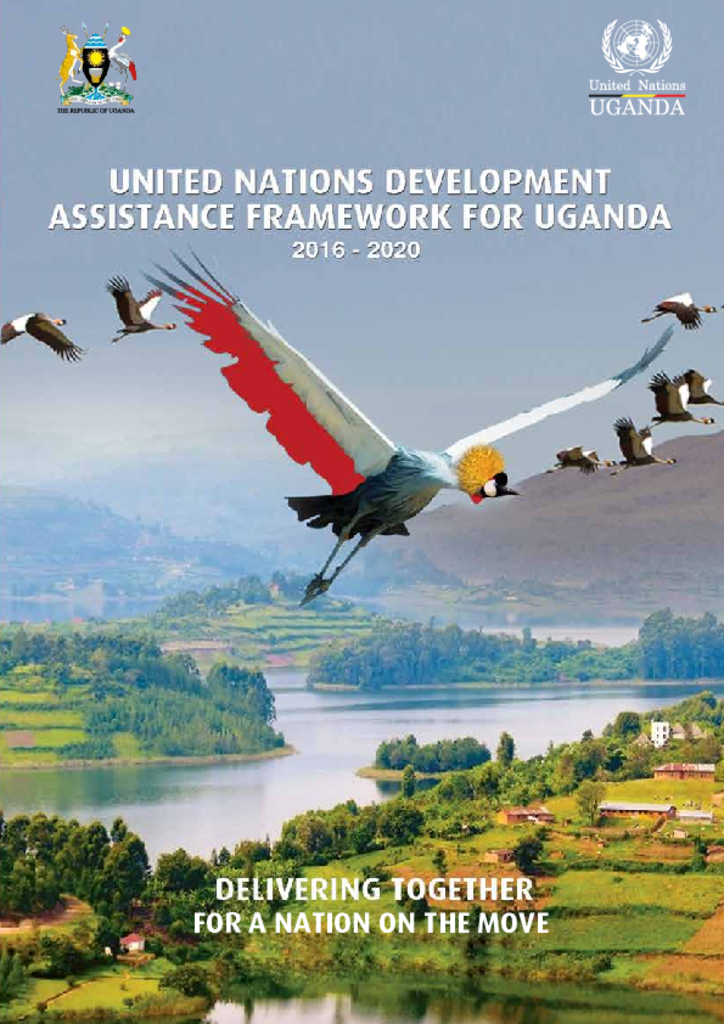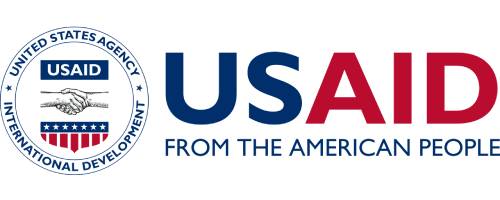Monitoring deaths aids in identifying and addressing their causes, allowing health systems to adapt and respond effectively. Therefore, a robust Mortality Surveillance System is the cornerstone of a highly effective public health system. It plays a pivotal role in measuring key indicators such as the crude mortality rate (CMR), life expectancy, total and excess mortality, maternal, neonatal, infant, and child mortality rates; categorized by age, gender, location, and other forms of mortality.
The MoH Strategic Plan has been developed in line with the long-term national development goals and objectives as spelt out in the Vision 2040, the second National Health Policy, the third National Development Plan 2020/21–2024/25 whose goal is“Improving productivity of labour for increased competitiveness and better quality of life for all”.The SP provides a brief situation analysis of the MoH performance, SWOT analysis, the strategic direction, financing framework and strategy, implementation and M&E arrangements.
The year 2020, has been marked with the unprecedented COVID-19 pandemic which has ravaged the world and set a new normal in the lives of people, the way we interact and the way we deliver and access services. The pandemic has taken a staggering toll on people, communities and economies everywhere. But not everyone is affected equally. The pandemic is hitting marginalized communities harder, particularly women and girls, deepening inequalities and threatening efforts to leave no one behind.
The workshop to review the implementation of the Ministry of Health (MoH) work plan for the third and fourth quarters for 2019/20 financial year (FY) will take place between October 6-8, 2020 in Kampala. The main objective of the workshop is to review implementation of the MoH work plan for Departments, Programmes and National level institutions against planned outputs and budget for the period January to June 2020.
This National Development Plan (NDP) is the third in a series of six NDPs that will guide the nation in delivering the aspirations articulated in Uganda Vision 2040. The NDPIII (2020/21 – 2024/25) is anchored on the progress made, challenges encountered and lessons learnt from previous planning and implementation experiences of NDPI and NDPII. The Plan defines the broad direction for the country and sets key objectives and targets for the sustainable socioeconomic transformation of Uganda.
Every day, tens of thousands of girls have their health, rights and futures stolen. Some are subjected to female genital mutilation. Some are forced into “marriages” as children, and still others are neglected or starved, simply because they are female.
This is a Compact between the Government of Uganda (GoU) and its partners in the health sector for the purpose of maintaining policy dialogue, promoting joint planning, and effective implementation and monitoring of the Health Sector Development Plan (HSDP) 2015/16 - 2019/20. The partners include Health Development Partners (HDPs), Private-Not-For-Profit Organizations (PNFP), the Private Health Practitioners (PHP) and Civil Society Organisations (CSO) and are collectively referred to as Health Sector Partners.
The National medical oxygen scale up implementation plan articulates a holistic approach to improving demand and supply of medical oxygen in Uganda. Specifically, the plan aims to put in place coherent and harmonized implementation of key interventions to achieve an optimal medical oxygen supply model. This will be done by leveraging various programs for which medical oxygen is a key therapeutic element.
The development of the 2019 State of Uganda Population Report was a result of a series of stakeholder consultative and editorial committee meetings under the leadership of National Population Council (NPC). National Population Council recognizes the important inputs of all the stakeholders and members of the editorial committee for committing their valuable time and contributing ideas that lead to the production of the 19th edition of the State of Uganda Population Report.
The National Action Plan for Health Security (NAPHS) 2023 defines the strategies, actions, and priorities the Government of Uganda will adopt to improve the country’s ability to prevent, detect, and respond to public health emergencies. This plan is the first, full-fledged strategy of its kind in Uganda and adopts a whole-of-government approach to health security by leveraging the strengths of many different ministries, departments, agencies, partners, and funding streams.
The State of Uganda Population Report development process is a result of many multi sectoral consultative meetings under the leadership of Population Secretariat. We therefore recognize the fundamental inputs of all stakeholders who participated in the production of this report. This year's report comes at a time when the National Development Plan 2009/10 2014/15 was launched and the report needed to capture and reflect on the key development strategies contained therein.
This United Nations Development Assistance Framework for 2016-2020 is a result of a highly consultative process under the high-level modality for engagement between the Government of Uganda and the United Nations Country Team which deliberated and approved the Results Framework that underpins the UNDAF 2016-2020.
